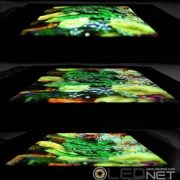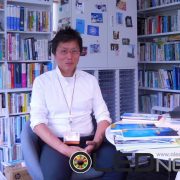Stretchable OLED commercialization is on the rise
Samsung Electronics and LG Electronics have steadily been releasing smartphones and smart watches using flexible OLED since 2013, and electronics companies in China have begun to put out one of them. In particular, Apple, the leader in the smartphone industry, is also seeing the launch of iPhone with flexible OLED, and the flexible OLED market is expected to grow further.
The shape of the flexible OLED was expected to be changed to foldable and rollable beyond the bendable. Recently, however, the display industry has surpassed this trend and has been focusing on the development of stretchable OLEDs.

<Development Roadmap of OLED, Source: Ubi Research>
A stretchable OLED is a type of a flexible OLED that is finally evolves, which means OLED having elasticity as like rubber band.
Samsung Display unveiled this stretchable OLED at SID 2017. Samsung Display’s stretchable OLED is 9.1 inch and implementable both convex and concave shapes. At the time, Samsung Display announced that it realized the world’s first technology to maintain the existing image quality while increasing the screen size to 12 mm in concave mode.

<9.1 inch stretchable OLED displayed by Samsung Display, Source: Samsung Display>
LG Display will also develop the stretchable OLED. LG Display announced on June 6 that it will develop backplane and photoluminescence materials, devices, and process source technologies with elasticity of more than 20% for a total of four years through a consortium with Korea University.
In addition, LG Display has developed flexible plastic substrate materials, flexible wiring materials and transparent electrode materials, stretchable organic light emitting materials, and flexible encapsulates, they will also acquire essential process technologies including thin film transistors (TFTs) and process architectures that enable low-temperature processing.
At present, stretchable related technology is not yet applied to production, or elongation is only about 5%, and the number of repeated stretching is limited. In addition, most of the source technology is in overseas, it is expected that Samsung Display and LG Display will be able to secure technological gap with latecomers.
Stretchable OLED is free of form restrictions and expected to produce applications in new areas when applied to a variety of applications such as smart phones, tablets clothes and human skin when they are commercialized.














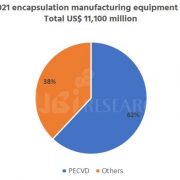






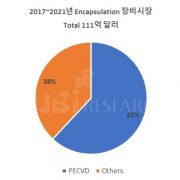





















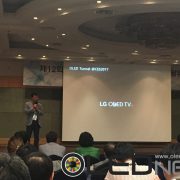















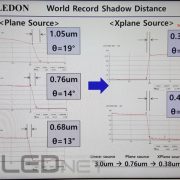



















 ■ 17년 상반기 OLED 산업에서의 기술적 이슈와 시장을 종합적으로 되짚어보는 자리 마련
■ 17년 상반기 OLED 산업에서의 기술적 이슈와 시장을 종합적으로 되짚어보는 자리 마련






















